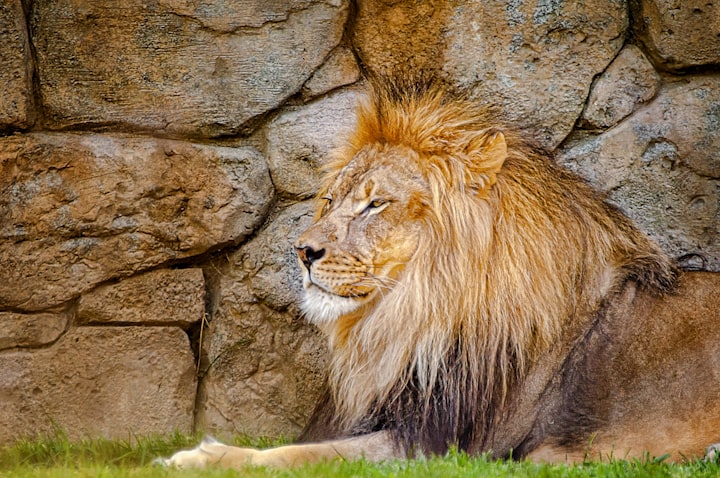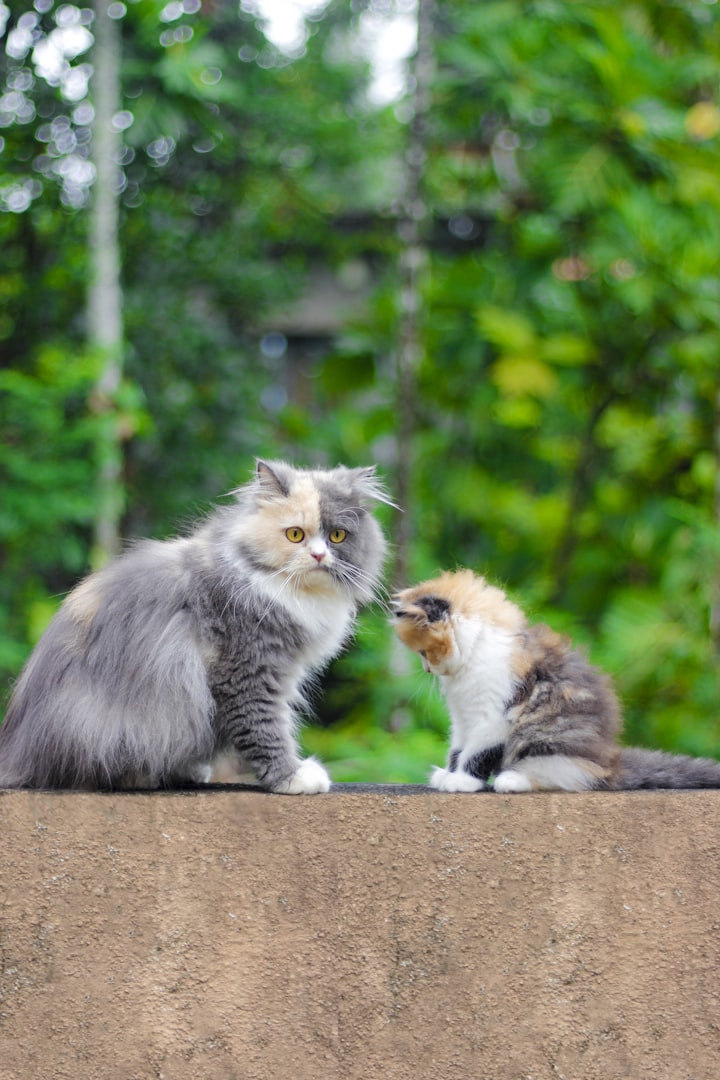Stop Diseases Spreading
Guide to Controlling the Spread of Disease within a Yard

The main causes of respiratory diseases in horses are:
- Virus infection – contact with other animals, eg Strangles
- Contact with buckets, fences, saddlery used or touched by infected horses
- Airborne bacteria from infected horses in cold wet conditions
- Bronchitis - secondary infection or allergy
- Worms - round worm larvae migrating through lungs
- Dust or musty feed or conditions, eg stable bedding, mouldy hay
- Choking
- Galloping an unfit horse
- Working horse on a full stomach
- Tying a hot horse up in cold draughty conditions (inappropriate care of hot horse)
- Careless drenching fluid to lungs
- Not vaccinating horse against Equine Influenza, etc
- Draughty living conditions
- Travel stress
Diseases of the Respiratory System
Viral Infections
The most common viral infections are Equine Influenza and Equine Herpes Virus. Equine Influenza is a very infectious disease, which is caused by several strains of influenza virus. It spreads very rapidly though groups of horses. Equine Herpes Virus has two sub-types, EHV1, which is the abortive strain and is, therefore, a major danger in studs and EHV4, which is the respiratory strain.
Bacterial Infections
Strangles is the main bacterial infection. It is highly infectious and contagious and affects the upper respiratory system of horses, causes the glands in the throat to swell. Bastard Strangles is far worse as it affects the glands in other parts of the horse, leading to death.
The other bacterial infection of the horse’s lungs is Pneumonia. It is most commonly seen in foals and only rarely occurs in adult horses.
Parasitic Infections
Lungworm, which is most commonly found in donkeys, can affect horses. Horses, however, are more likely to show the clinical signs than donkeys.
Allergic Conditions
An allergic condition, which affects many horses, is Chronic Obstructive Pulmonary Disease. It is caused by the horse becoming sensitive to dust and mould spores in the air, hay, and bedding.
Symptoms
The signs of respiratory disease are a raised temperature, pulse and respiratory rate. The horse may also have laboured breathing and nasal discharge. He may sneeze, snort or cough and have discharge from the eyes. He will probably be depressed and lethargic with a loss of appetite. He could make a roaring or rattling noises over the windpipe and he could have enlarged glands. He will not tolerate exercise.
Daily Checks
Horses should be checked daily for signs of ill health. The first indication of something wrong could show up in the horse’s attitude. If he is dull and listless and not his usual self, then other symptoms should be looked for.
- Check his general appearance, if he looks poor and thin and ‘tucked-up’ it is a good sign that there is a problem. Check he is eating his feed normally; a lack of appetite is a bad sign.
- Check his coat and skin for signs of dehydrations. His coat should be smooth and flat and have a gloss or sheen. If it is dull or staring with an uneven texture, he is unwell. If the skin is tight, it is a sign of dehydration.
- Check the horse’s eyes. Are they dull or listless?
- The mucous membranes inside the eyes, gums, and nostrils should be a pale salmon colour.
- Urine should be almost colourless and passed approximately seven times a day.
- Droppings vary in colour and consistency but should be moist and round and break apart easily.
- Temperature, respiration rate and pulse should be checked. The horse’s normal temperature, pulse and respiration rates should be noted so that any changes can be detected. The normal range for the temperature is 99.5 – 100.5º Fahrenheit or 38º Celsius. The normal pulse range is 36 – 42 beats per minute and the normal respiration rate is 8 – 12 breaths per minute, although younger horses have a higher rate of about 10 –16 breaths per minute.
Vaccination
A good vaccination program is essential for all known viruses for horses at high risk (competition and racing, large stables and studs). For Equine Influenza an initial injection is given, followed by a booster four to six weeks later, then a third injection six months after that. The horse will then need annual boosters. The flu injection can be combined with the tetanus injection.
For EHV, pregnant mares should be vaccinated during months five, seven and nine of the pregnancy. Immunity following vaccination and natural infection only lasts about 2-3 months. Horses that are in contact with pregnant mares should be given two doses of the vaccine 3-4 weeks apart and then given a booster six months later and from then on annually.
Worming
Horses that have had contact with donkeys should be treated for lungworm infection. Any donkeys living with horses should be wormed regularly so that the donkeys cannot pass on the lungworm to the horses.
Isolation
A horse will need to be isolated if it has an infectious or contagious disease. Any new horse that comes to the yard should be isolated in case it is harbouring a disease.
The isolation box should be away from the other stables and should, if at all possible, be downwind from them. There should be separate equipment for the isolation box, it should have its own mucking out equipment, feed and water buckets. Bedding from the isolation box should be kept separate from that from the other stables and, if possible, burnt.
Dust and Mould
Dust and mould spores are present in their millions in your horse’s environment, especially during the winter. They are present in stables, indoor schools, horseboxes, feed and bedding.
Hay contains mould spores, therefore, eliminating it from the diet is a good idea. Other dust free alternatives should be found, for example, haylage.
Bedding is the other big culprit for dust and mould spores. The best practice is to eliminate bedding altogether and provide rubber matting. You should never use straw for a horse suffering from COPD or bed them down on a deep litter system. Good quality shavings can be an option but some shavings can have a higher spore count than good straw. Other alternatives are paper, sand, peat and flax. The storage of hay and straw should be looked at, the hay barn should not be sited next to the stables. Also when travelling, horses can literally have their noses resting on a full haynet in the very confined space of a horsebox.
The Design of the Stables
The best way to avoid allergic hypersensitivity is to keep the horse turned out. But this is not always possible. So the ventilation of the stables should be considered.
The ideal ventilation system
- Provides fresh air without drafts at all times
- Distributes air uniformly
- Will help minimise your horse's exposure to a wide range of environmental irritants
- If natural ventilation is not sufficient, mechanical should be considered
Natural Ventilation
Air moves by one of three ways (or a combination of the three):
- The "stack effect" or thermal buoyancy:
- Air movement is driven by differences in temperature
- Cooler air enters the stable through lower openings (inlets)
- Air is then mixed with warmer air that is inside the barn (usually this air has been warmed by heat coming from the horses or by activities in the stable)
- Warm air rises and exists the barn from higher openings (outlets)
- Displacement of air causes more air to be drawn into the inlets
- Aspiration
- Air is moved by the action of the wind blowing across the roof of the barn
- This action draws air out through any available opening.
- Perflatation
- Wind is blown through openings in the stable
- ir is moved from side to side or from end to end
There are three ways to achieve a well ventilated stable. In warmer weather, windows and doors should be left open. Permanent openings should be installed to achieve sufficient air changes even when windows and doors are closed. The greater the height difference between inlets and outlets the greater the ventilation rate.
Inlets
- Should be installed along each long side of your stable
- Hinged on the inside bottom side of the vent (will help avoid drafts)
- Baffled vents will help prevent drafts and the entry of snow or rain
- Place as low as possible but not at a height that could interfere with your horse
- Should be adjustable
Outlets...
- Should form a continuous ridge along the peak of the roof or chimney(s)
- Should be capped to prevent water from entering through them
- A copula on the chimney will prevent water from entering through it
- If the stable has a loft make sure that there are openings in the floor of the loft to allow air to reach the outlets at roof level
- Or extend an insulated chimney down through the loft to the stable ceiling
- Install inlets twice the area as outlets
- If using a mechanical system, install an extractor fan in the base of the chimney
- The recommended pitch in the roof is 1:2 with a roof overhang of 2-3 feet
Insulation is important for all seasons. In winter, it conserves heat and reduces condensation and in summer it prevents the heat of the sun from heating stable. In spring and autumn, it minimises temperature fluctuations caused by warm days and cold nights.
Discuss the affects that respiratory disorders can have on the performance of the horse, and how a horse can be protected from developing such diseases.
About the Creator
Clare Scanlan
I am passionate about writing! Passionate about animals, especially horses, passionate about women's and children's rights!





Comments
There are no comments for this story
Be the first to respond and start the conversation.